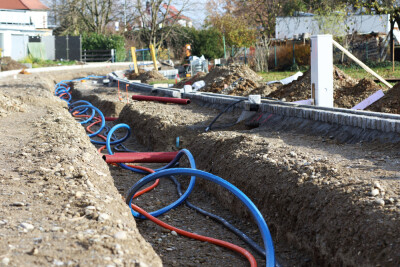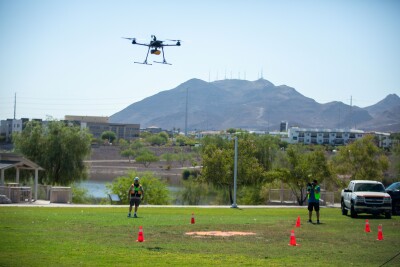With advancements in both hardware and software, the capabilities found within the geospatial industry has reached levels that weren’t even conceived of by most a few decades ago, helping transform industries and provide invaluable knowledge about our planet. Behind all of these eye-catching stories, though, there are important decisions and partnerships being made that can ultimately unlock the flashy results. This week in our look at stories around the industry, we highlight both sides of that coin, with stories covering a mapping partnership and industry standards, as well as a great story of how geospatial technology is helping to save lives.
Find links to the full stories below.
30 years of geospatial standards
Peter Parslow, Allan Jamieson | GIM International
While not the most exciting topic in the world, standards within the geospatial industry are crucial given its global reach and frequent sharing of data and reference points. If standards don’t exist, the industry as we know it doesn’t either. In this article, Parslow and Jamieson look at the last 30 years of standards, with both positives and negatives.
Drones Are Saving Lives in Alabama
Richard Rybka | Lidar News
For our next article, we have a look at how UAVs with geospatial sensor payloads are being used for good in the state of Alabama. Here, Rybka highlights work done by the DeSoto Rescue Squad in the northeastern part of the state. As he explains in the article, the terrain in this area is rugged, which can be dangerous for human rescue work. That’s where having UAVs on the team helps, particularly with fighting forest fires.
Humanitarian OpenStreetMap Team (HOT) joins the Overture Maps Foundation
Leen D’hondt | Humanitarian OpenStreetMap Team
For a long time, publicly available map data was largely controlled by individual entities. This was true for a variety of reasons, chief among them being that companies generally believe building their own maps was a relatively easy task. The last couple of years have seen a real push towards open map data with organizations like Overture Maps Foundation and OpenStreetMap. Recently, OMF welcomed the Humanitarian OpenStreetMap Team (HOT) into their organization, and HOT provides their explanation for the move here.






